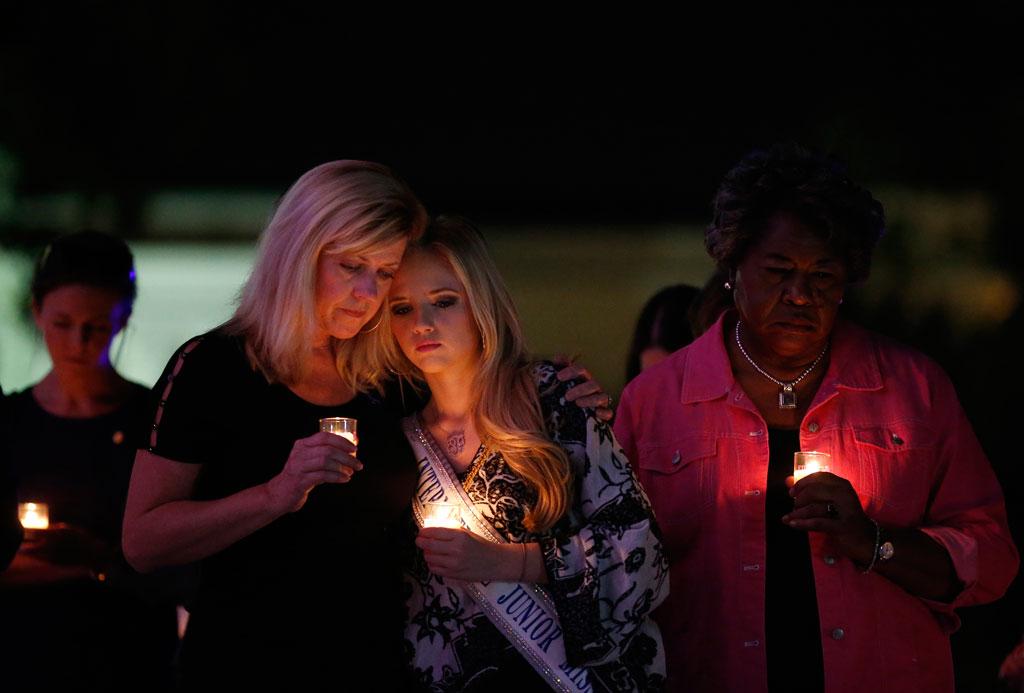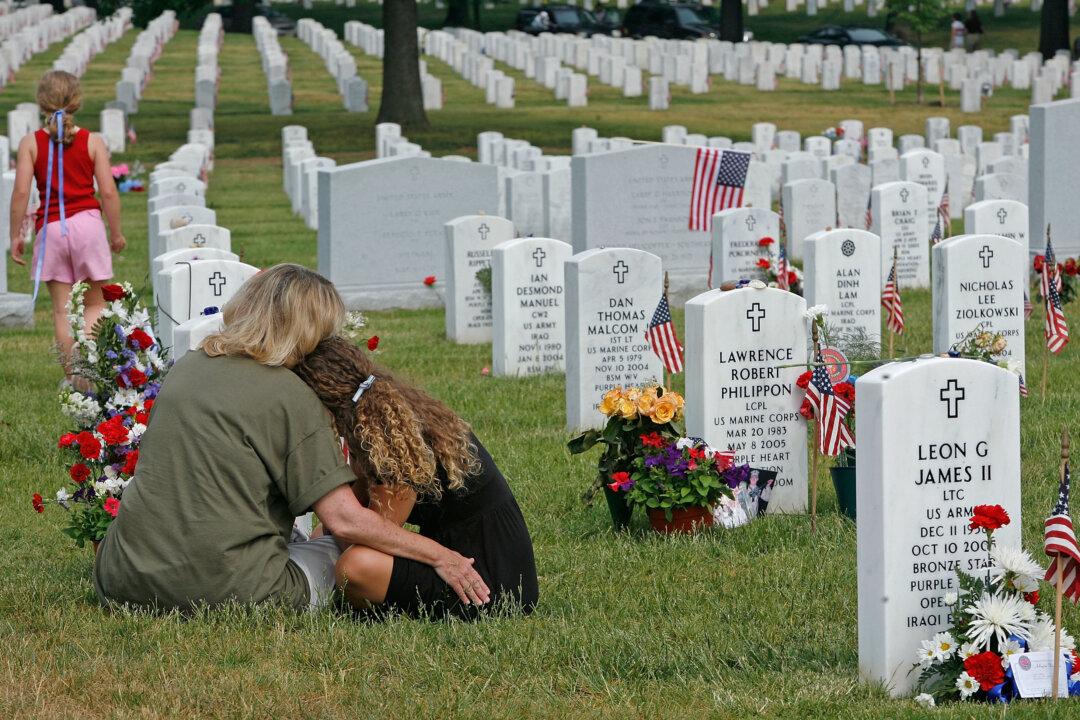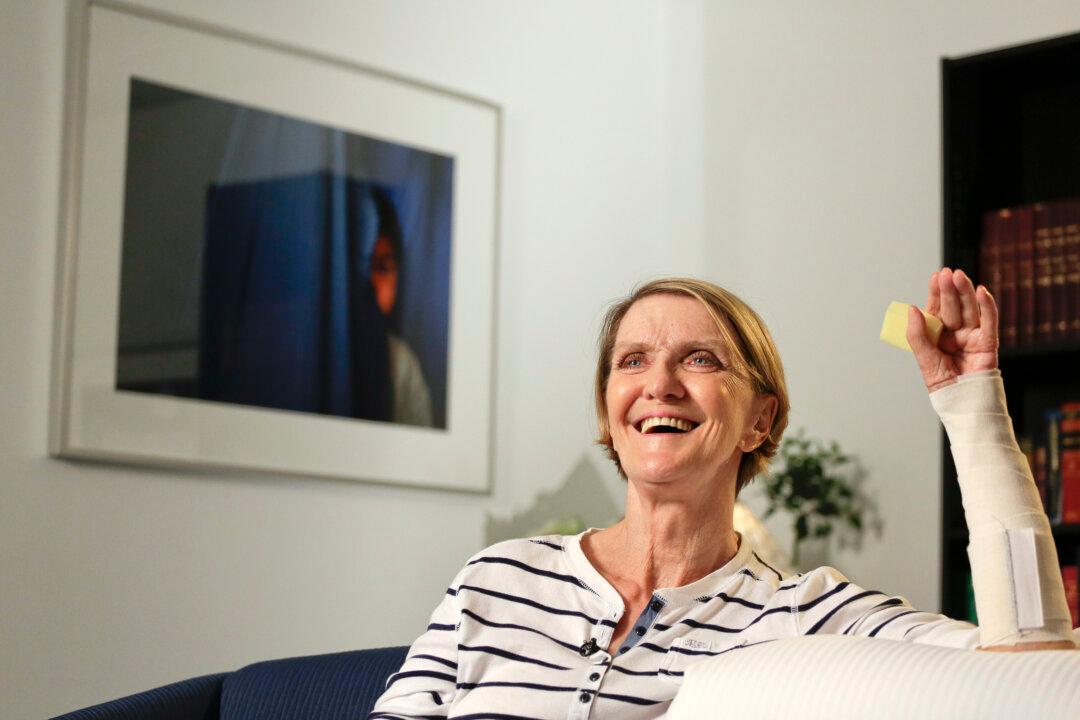On a high school football field near Pittsburgh, an assistant coach tackled a topic unrelated to the upcoming game.
“One of the biggest components of being a man is how you treat females,” Kevin Murray told his players at Woodland Hills High. “We'd be doing you a very big disservice by not holding you accountable.”
At the jailhouse in High Point, North Carolina, a sterner version of that message is now given routinely to men detained for domestic-violence offenses and considered at risk of re-offending.
“We’re putting these guys on notice that domestic violence is not going to be tolerated here,” said Police Chief Marty Sumner. “The message is very clear: ‘We know who you are, we know what you’re doing. It has to stop.’”
The two programs target different audiences. But in the realm of domestic-violence prevention, where the record of success is spotty, they share a status as two of the nation’s most promising initiatives.
Coaching Boys Into Men is one of the flagship programs developed by Futures Without Violence, a nonprofit working to curb abuse of women and children. Thousands of high school coaches across the country, now joined by some middle school coaches, have received training in how to convey to their players the importance of treating young women with respect and avoiding abusive behavior.
The program has attracted the notice of the Centers for Disease Control and Prevention. The federal agency funded a three-year evaluation, involving more than 2,000 high school athletes in Sacramento County, California, which found that participating players were more likely to intervene to stop abuse and less likely to perpetrate it.
High Point’s program—the Offender-Focused Domestic Violence Initiative—was conceived in 2009 based on an approach developed by David M. Kennedy, a professor at John Jay College of Criminal Justice in New York. While many programs focus on helping victims of domestic violence, High Point’s initiative targets the offender with a strategy of aggressive deterrence.
Since the program was fully implemented in 2012, the recidivism rate for domestic-violence offenders in High Point has been cut to about 9 percent, which the police department says is about one-third the national rate. There’s been one intimate-partner homicide since 2009, compared to 17 between 2004 and 2008.
“We'd get 5,000 domestic-violence calls a year—every year it’s our No. 1 call,” Chief Sumner said. “It gets passed on from generation to generation, but this program is a really good shot at breaking that cycle citywide.”
Efforts to raise awareness about domestic violence have been vigorously pursued in the U.S. for more than three decades. After Congress passed the Violence Against Women Act in 1994, domestic violence committed by intimate partners—current or former spouses, boyfriends or girlfriends—declined by more than 60 percent over the next 10 years.
Since then, however, the numbers have stayed relatively flat.
Even as incidents involving National Football League players and other pro athletes refocus attention on domestic violence, leading prevention advocates say more resources and smarter strategies are needed to combat it.
“We now have a safety net for victims, we have the laws in place, judges who understand the seriousness of the issue,” said Esta Soler, president of Futures Without Violence. “We need to do more to prevent the problems, not just treat the problems.”
For decades, so-called batterer intervention programs have been one of the main forms of prevention, with offenders participating in group sessions aimed at promoting non-abusive behavior. A range of local programs have won praise—such as Wisdom Walk, which focuses on African-American men in Milwaukee, and Caminar Latino, which runs a 24-week program for Latino men in Atlanta.
However, research on the effectiveness of group intervention programs has produced mixed findings—causing some judges and probation officers to mandate that men participate, others saying there’s no evidence of success.
And what about the much-discussed programs in High Point and Pittsburgh? Here’s a closer look at each:
* * *
The new regimen in High Point, a city of about 107,000, kicks into gear whenever police respond to a domestic disturbance call. Even if there’s no arrest, and no previous record of domestic violence, the alleged aggressors receive another visit from a police officer within 48 hours and are notified that they are henceforth on a “watch list.”
With any subsequent domestic violence offense, there’s an escalating series of consequences, including a face-to-face warning from a detective at the time of arrest and—for some repeat offenders—a summons to appear in person before a panel of police, prosecutors and members of the community.
“In an hour, we explain how it’s going to be different,” Sumner said. “We will use any means to sanction you.”
The pressure tactics include threatening to classify any further domestic violence offense as a felony and to expedite prosecution of any other criminal case pending against the offender. Sumner’s department has found that many domestic-violence offenders have a record of other violent crimes, and uses those records to help decide which targets of the program might deserve extra scrutiny.
The community panel makes clear that the police will maintain their aggressive stance regardless of whether the offender’s victim plays an active role in any future case or seeks to stay out of it.
David Kennedy noted that in the traditional responses to domestic violence, the onus often was on the victim to report the abuse and testify about it in court, sometimes incurring threats and further violence in the process.
“We wanted to be able to say to the offender, ‘You’re dealing with us, you’re not dealing with her. The state is going to make you stop,’” Kennedy said. “The feedback from the women is, ‘You’ve got his attention. Things are better. Keep it up, and keep me out of it.’”
If victimized women do want services, they are offered through a Victim’s Justice Center that opened in April. It’s a one-stop site where victims can meet with police, get protective orders from legal aid attorneys, and be informed of other available services.
“In the past, it was up to the victim to do all the work while dealing with the threats,” said Tiffany Atkins, a domestic violence attorney with Legal Aid of North Carolina. “Now we take the responsibility.”
Sumner said his department has been able to implement the program without increasing its budget—primarily by adding some new training and reassigning two detectives to specialize in domestic-violence cases.
Said Kennedy of the approach, “If you do it smart, it doesn’t need to be costly.”
* * *
If any high school was tailor-made for Coaching Boys Into Men, it might be Woodland Hills. It’s a perennial football powerhouse in western Pennsylvania, sending many of its players on to major college teams and even to the NFL. It also serves a 12-town district that includes some of greater Pittsburgh’s roughest neighborhoods.
“The community of kids we deal with—there are a lot of broken homes,” said Keith Davis, who attended the school and now, at 30, is in his third year on the football coaching staff.
“A lot of players have seen where their father has beaten their mother, beaten their sister—it’s no wonder they grow up the same way,” Davis said. “The program—they’re actually living it. In some schools, it might not hit home the way it did with us.”
Davis recalled how players followed news reports of the Steubenville, Ohio, case in which two high school football players were convicted last year of raping a 16-year-old girl after an alcohol-fueled party in 2012.
“A lot of our guys came back and said, ‘Coach, I’ve been in situations like that,’” Davis said. “We have to put a stop to it.”
Launched as a public service announcement campaign in 2001, Coaching Boys Into Men has since expanded to schools and coaches associations across the country—with new pilot programs this year involving coaches of 7th- and 8th-grade athletes. It’s based on the premise that young athletes will take exhortations from their coaches seriously, and then—as role models among their peers—will be taken seriously by other students as they re-think their attitudes about relationships and abuse.
“If you’re a student athlete, you’re also a student leader—respected by peers, by underclassmen, with a degree of influence and power,” said Alan Johnson, superintendent of the Woodland Hills School District. “You can be a leader for good, or a leader for bad. You have to make the decision which kind you’re going to be.”
One of the team’s top linemen on offense and defense, 265-pound senior Daniel Gibson, said the players, by taking the program to heart, had indeed had an influence on other students.
“Whatever we do, everyone else would like to do,” he said. “They get off on our vibe”
Another advocate of Coaching Boys Into Men is Wendell Say, head football coach for 35 years at Aiea High School near Honolulu. He’s been using the program for five years—it’s now a routine prelude to practices on Wednesdays.
“The curriculum is simple—it just takes 15 minutes at most, unless you let the kids talk,” Say said. “I sometimes take 45 minutes.”
Say says his players—many from low-income housing projects—often convey their firsthand knowledge of domestic violence. They’ve seen it in their family, or abused their own girlfriends, and they’ve also followed the domestic-violence cases involving Ray Rice and other NFL players.
“We still have kids who make wrong choices,” Say said. “But hopefully every year you learn more—a little understanding that just because you’re stronger doesn’t give you the right to hurt someone.”
The program—broken down thematically on a series of “training cards”—targets such behavior as catcalling and demeaning boasts about girlfriends. It also advises coaches on how to handle actual incidents of physical and sexual violence committed by team members.
The ethos is summed up in a pledge to be taken by players and coaches:
“I believe in treating women and girls with honor and respect. I know that violence is neither a solution nor a sign of strength. I believe that real men lead with conviction and speak out against violence against women and girls. I believe that I can be a role model to others by taking this pledge.”
From The Associated Press


